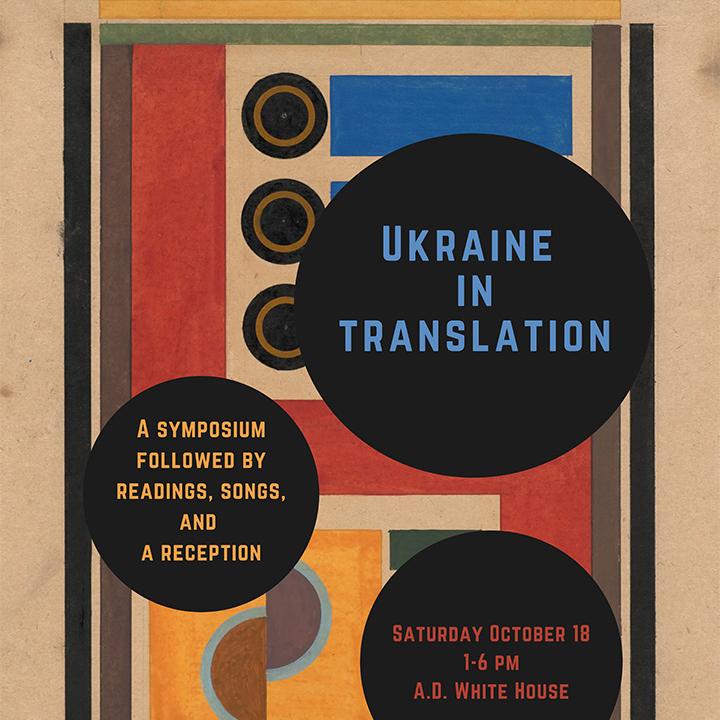
 Department Homepage
The College of Arts & Sciences
Department Homepage
The College of Arts & Sciences
Waterways of Venice
This is an episode from the “What Makes Us Human?” podcast's fourth season, "What Does Water Mean for Us Humans?" from Cornell University’s College of Arts & Sciences, showcasing the newest thinking from across the disciplines about the relationship between humans and love. Featuring audio essays written and recorded by Cornell faculty, the series releases a new episode each Tuesday through the spring semester.



